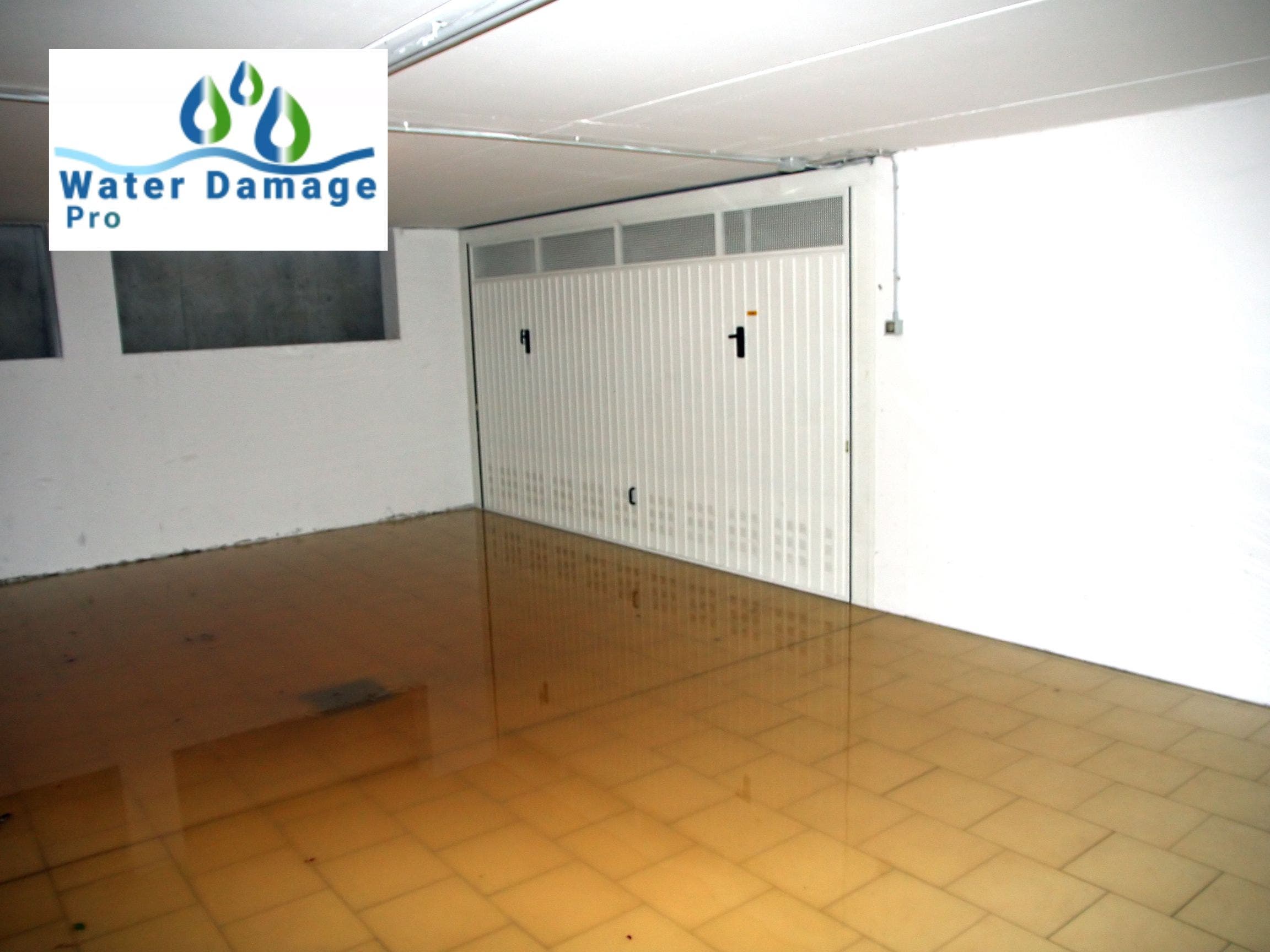Minneapolis, MN|Local Classified|Gigs & Services|
Protecting Your Property: Flood Damage Restoration in Minneapolis Explained

When it comes to safeguarding your property, one of the most formidable challenges to contend with is flooding. Whether caused by heavy rainfall, overflowing rivers, or burst pipes, flood damage can wreak havoc on homes and businesses alike. In Minneapolis, where water bodies and unpredictable weather patterns are common, understanding flood damage restoration is crucial for property owners. In this article, we delve into the nuances of flood damage restoration in Minneapolis and explore strategies for protecting your property.
Understanding Flood Damage
Flood damage can range from minor water intrusion to devastating inundation, posing a threat to structural integrity, electrical systems, and personal belongings. In Minneapolis, where the convergence of the Mississippi and Minnesota rivers makes flooding a recurring concern, the impact can be severe. From basement flooding to waterlogged foundations, the aftermath of a flood requires swift and comprehensive restoration efforts.
Immediate Steps After a Flood
In the immediate aftermath of a flood, taking prompt action is paramount. Safety should always be the top priority, so ensure that all occupants evacuate the premises if necessary. Once it's safe to do so, document the damage by taking photographs or videos for insurance purposes. Contacting a professional flood damage restoration service in Minneapolis should be your next step, as they possess the expertise and equipment to mitigate further damage and initiate the restoration process.
Assessment and Mitigation
Upon arrival, flood damage restoration experts will conduct a thorough assessment of the affected area to gauge the extent of the damage. This includes identifying sources of water intrusion, assessing structural integrity, and evaluating potential health hazards such as mold growth. Once the assessment is complete, mitigation efforts begin, which may include water extraction, drying of affected surfaces, and disinfection to prevent mold and bacteria growth.
Restoration and Renovation
After mitigating immediate risks, the focus shifts to restoration and renovation. This involves repairing structural damage, replacing damaged materials, and restoring the property to its pre-flood condition. In Minneapolis, where harsh winters can exacerbate flood damage, ensuring proper insulation and moisture control is crucial to prevent future issues such as mold growth and water damage.
Preventative Measures
While flood damage restoration is essential after the fact, taking preventative measures can help mitigate risks and protect your property in the long term. Simple strategies such as ensuring proper drainage, maintaining gutters and downspouts, and installing flood barriers can significantly reduce the likelihood of flood damage. Additionally, investing in flood insurance can provide financial protection against unforeseen disasters.
Flood damage restoration Minneapolis MN is a complex process that requires expertise, diligence, and swift action. By understanding the steps involved in flood damage restoration and taking preventative measures, property owners can minimize the impact of floods and safeguard their investments. In a city prone to flooding, being prepared and proactive is key to protecting your property and ensuring peace of mind for years to come.
Water Damage Pro Minneapolis
1917 Park Avenue Minneapolis MN, 55404
612-400-8523
https://repairdamagepro.com/